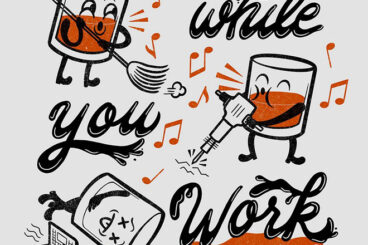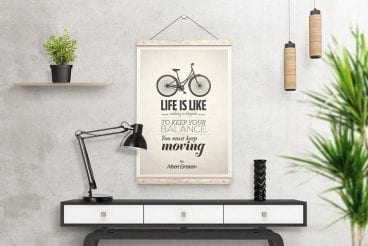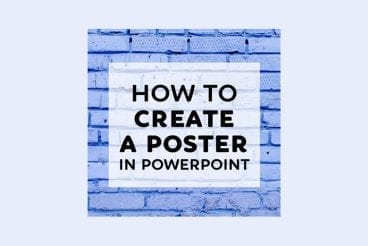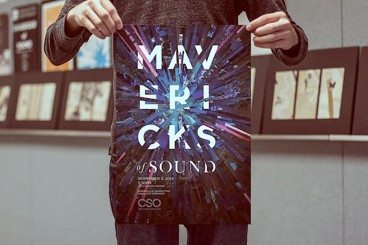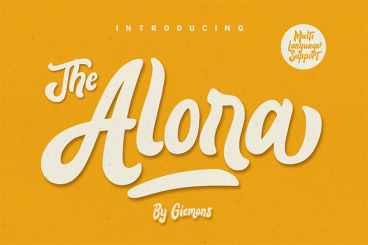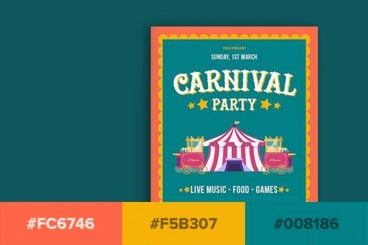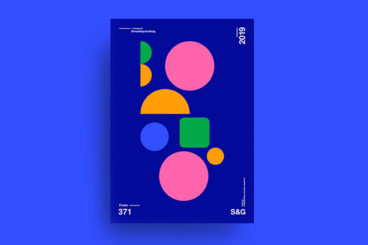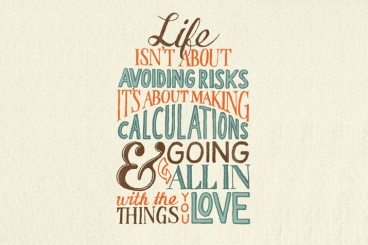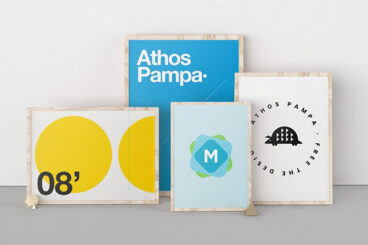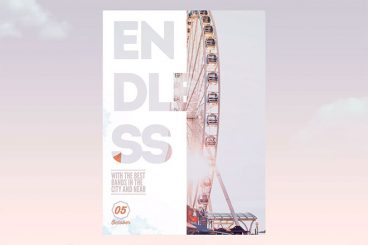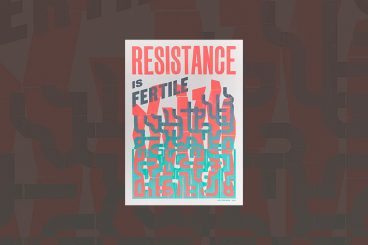Poster Design
Poster design is a common project for designers regardless of where they work. From small posters that might hang in an office to oversized, huge-scale designs for display in theaters or outdoors, poster design is an art form of its own.
Whether you’re crafting your own poster design or looking for a template to get started fast, we have all the tools you need for the perfect design.
Latest Poster Design Articles

19 May 2025
Typography for Posters: How to Make Your Message Stand Out
Typography can make or break a poster. Whether it’s promoting a concert, a campaign, or a product, your message has just a few seconds to catch someone’s eye.
While color and imagery play a big role in a poster design, it’s the type that often carries the core message and determines whether people stop to read or walk right past.
Great poster typography is about more than picking a good-looking font. It’s about making the message readable, engaging, and impossible to ignore.
In this post, we’ll look at best practices for choosing typefaces, setting font sizes, and placing text so your poster not only looks good, but also communicates clearly.
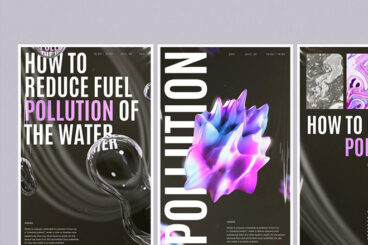
12 May 2025
Minimalist vs. Maximalist Posters: Which Design Style Works Best?
Every poster tells a story, but how you tell it visually can completely change how it’s received.
Some posters lean into simplicity, letting clean space and subtle design do the talking. Others go all out, using bold colors, layered textures, and expressive typography to grab attention and make a statement.
These two design approaches, minimalism and maximalism, sit on opposite ends of the visual spectrum.
One isn’t better than the other; they just serve different purposes. Choosing between them isn’t about following a trend; it’s about matching the style to your message, your audience, and where your poster will be seen.
In this post, we’ll explore the differences between minimalist and maximalist poster design, look at when each style works best, and help you decide which one suits your next project.
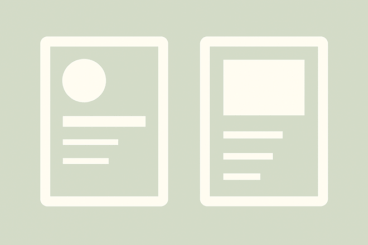
5 May 2025
The Anatomy of a Perfect Poster: Essential Design Principles
A great poster does more than just look good—it grabs attention, communicates a message, and leaves a lasting impression.
Whether you’re designing for an event, product, campaign, or cause, a well-structured poster can make your message more powerful and memorable.
But what actually makes a poster work?
It comes down to more than just colors and images. It’s about the way everything is arranged, how the text flows, and what the viewer sees first.
In this post, we’ll break down the essential design principles that go into building a strong, effective poster from top to bottom.
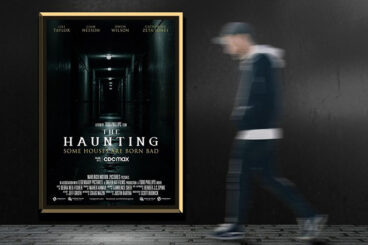
28 Apr 2025
10+ Modern Movie Poster Ideas (+ Template Examples)
Movie posters are more than just promotional tools—they’re visual snapshots of a story.
A single image, layout, or typeface can capture the tone of an entire film. Whether you’re designing for an actual movie, a short film project, or even a themed movie night, a great poster can create excitement and curiosity before the audience sees a single frame.
Today’s poster styles are more varied than ever. Designers blend cinematic photography, bold type, hand-drawn elements, and even retro throwbacks to craft stand-out movie posters.
In this post, we share with you modern movie poster ideas to inspire your next design project, complete with themes, layout tips, and stylistic suggestions.
Let’s dive in.
How to Design a Poster: 5 Tips
1. Start with Specs
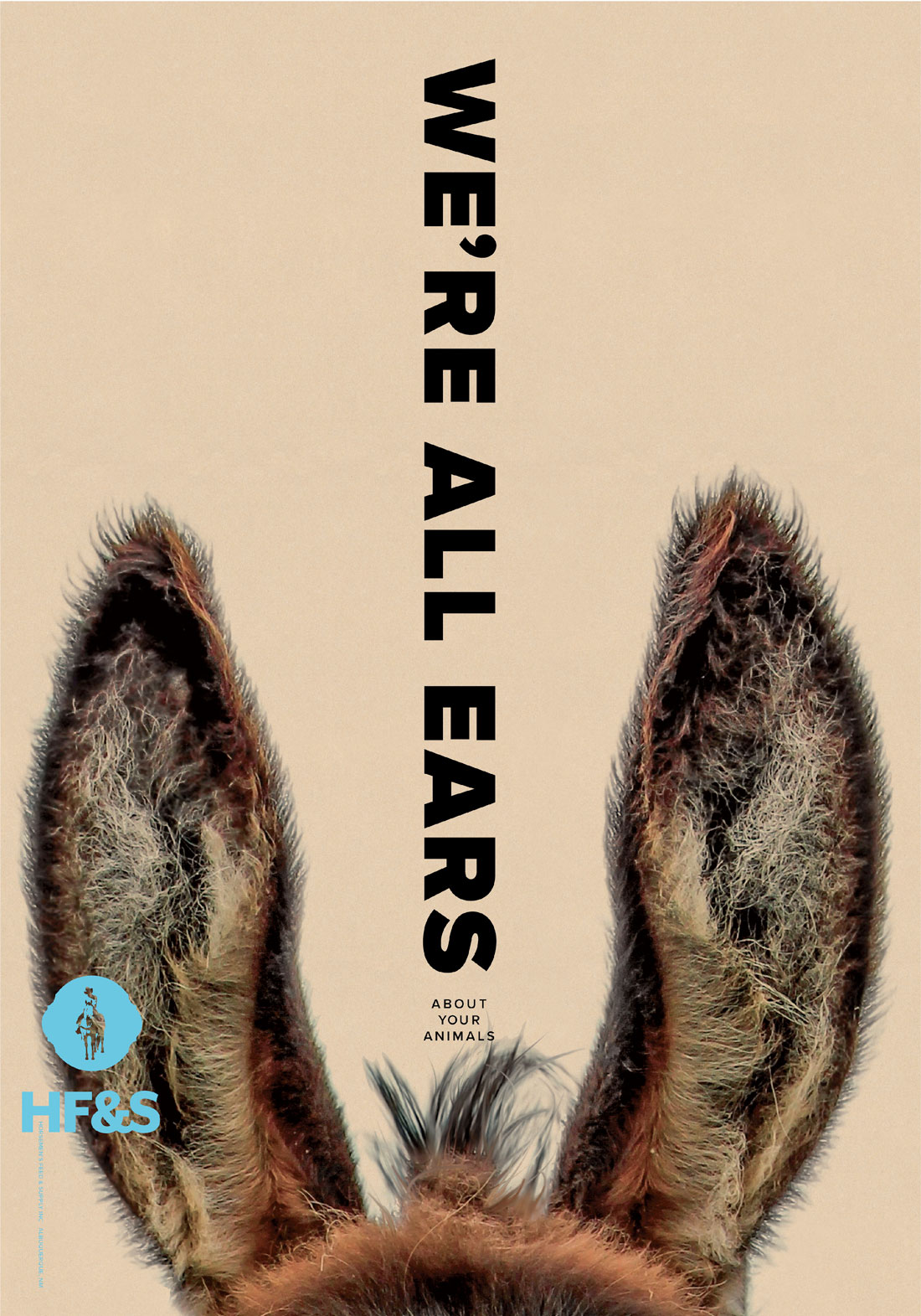
Poster design starts with a common canvas. Common poster sizes include:
- 8.5 by 11-inch letter (or A4)
- 11 by 17 inches
- 24 by 36 inches
- 27 by 41 inches (standard movie poster size)
- Posters are most commonly designed with a vertical orientation
While most of these sizes have a similar aspect ratio, you’ll probably have to make some design adjustments for different sizes. You should also take time to think about printing from the start. Will the poster be printed with or without a bleed? That can truly determine the direction of the design.
2. Create a Visual Theme
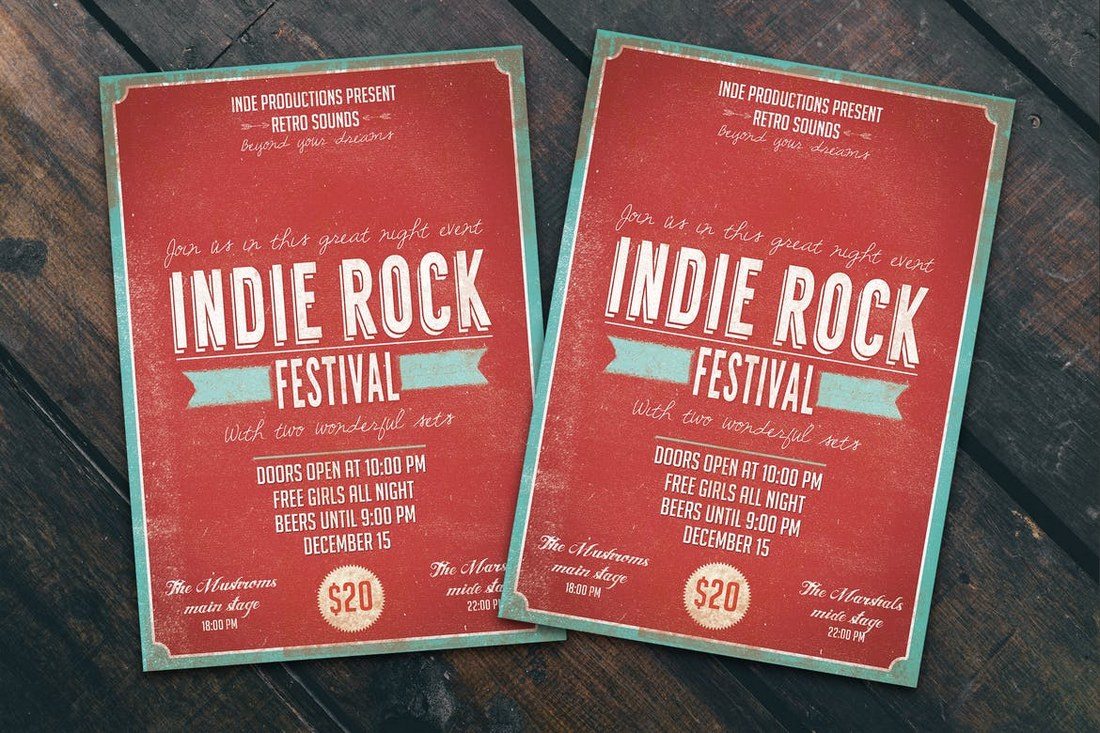
Since a poster is often a one-off design, you can create a visual theme unique to the project.
Start with one dominant element to drive the design. This can be a photo, illustration or text. The reason you want to create a distinct and dominant visual is that posters are most likely to be ready from a distance. You want people to see the design from across the room and be drawn into the content.
Poster design also tends to “live” in a cluttered space with lots of competition for attention. A strong visual theme can help your poster design stand out.
3. Include Key Text Elements
Most poster designs have three levels of text. You should establish a type hierarchy that provides ample readability for each.
Headline
The biggest and most important text in the poster. It should be big, huge even. These words will catch the attention of passers-by from a distance and make them want to know more.
Details
Particularly for events or timely poster content, this text is somewhat smaller than the headline but still of a decent size. This text should answer any question the user has after seeing the headline: Who, what, when, where?
Fine Print
The smallest poster text is often reserved for mandatory information, disclaimers or other small details that only the most interested people will read. It might be there for legal purposes and does not have to carry much visual weight in the design.
4. Play with Contrast

The most important overall visual element in a poster design is contrast.
Make sure the design provides plenty of contrast in terms of:
- Size of elements in relation to one another
- Color of background and foreground elements
- Visual separation from the location where the poster is located
5. Create Multiple Versions or a Series
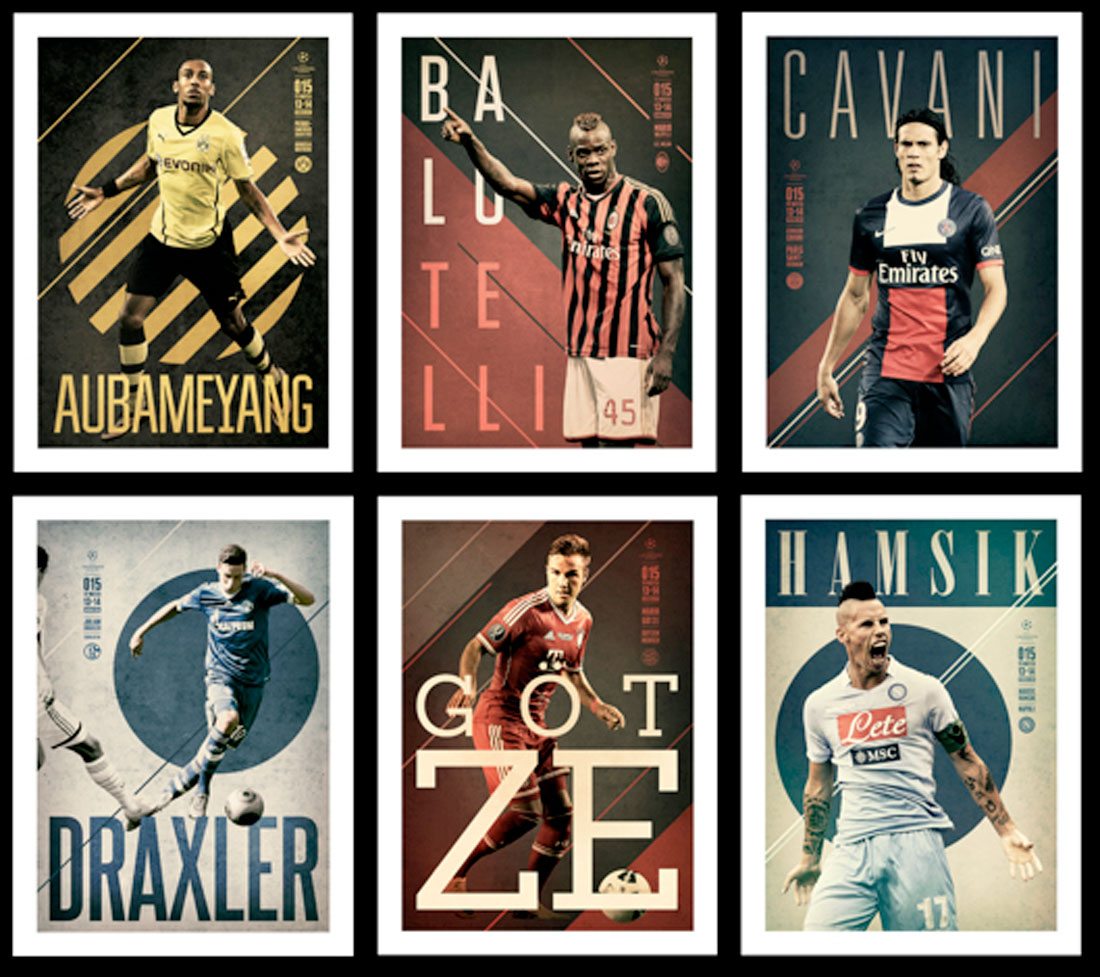
While some poster designs are simply made in one size for hanging in various locations, it’s more likely that you’ll need the same, or similar, designs in multiple sizes. Or maybe the poster design is for a series of similar events with a similar, but with a slightly different main image and/or text.
Think about how to adjust your poster design template or custom design to different sizes and for use with different pieces of content for a constituent visual theme.
These different sizes can also extend to use in digital formats as well. A poster design can be shared on social media (often with a different aspect ratio) to help drive traffic to an event or to boost branding.
5 Poster Templates
Not sure where to start with a poster design? A template can provide a great place to start with a preplanned visual theme.
Just find a template that suits your content and style – we have five great options here – and customize it with your colors, branding and information. Be creative with these templates, even though they often have a theme associated with them, most can be used for almost any purpose.
1. Vibrant Music Festival Poster

2. Hippies Party Poster

3. Colorphonic Poster

4. Indie Music Poster
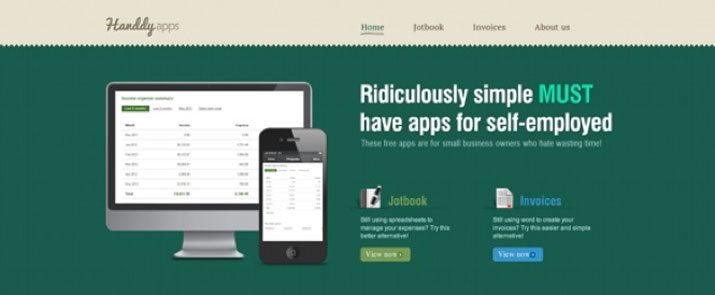
5. Fashion Show Poster

